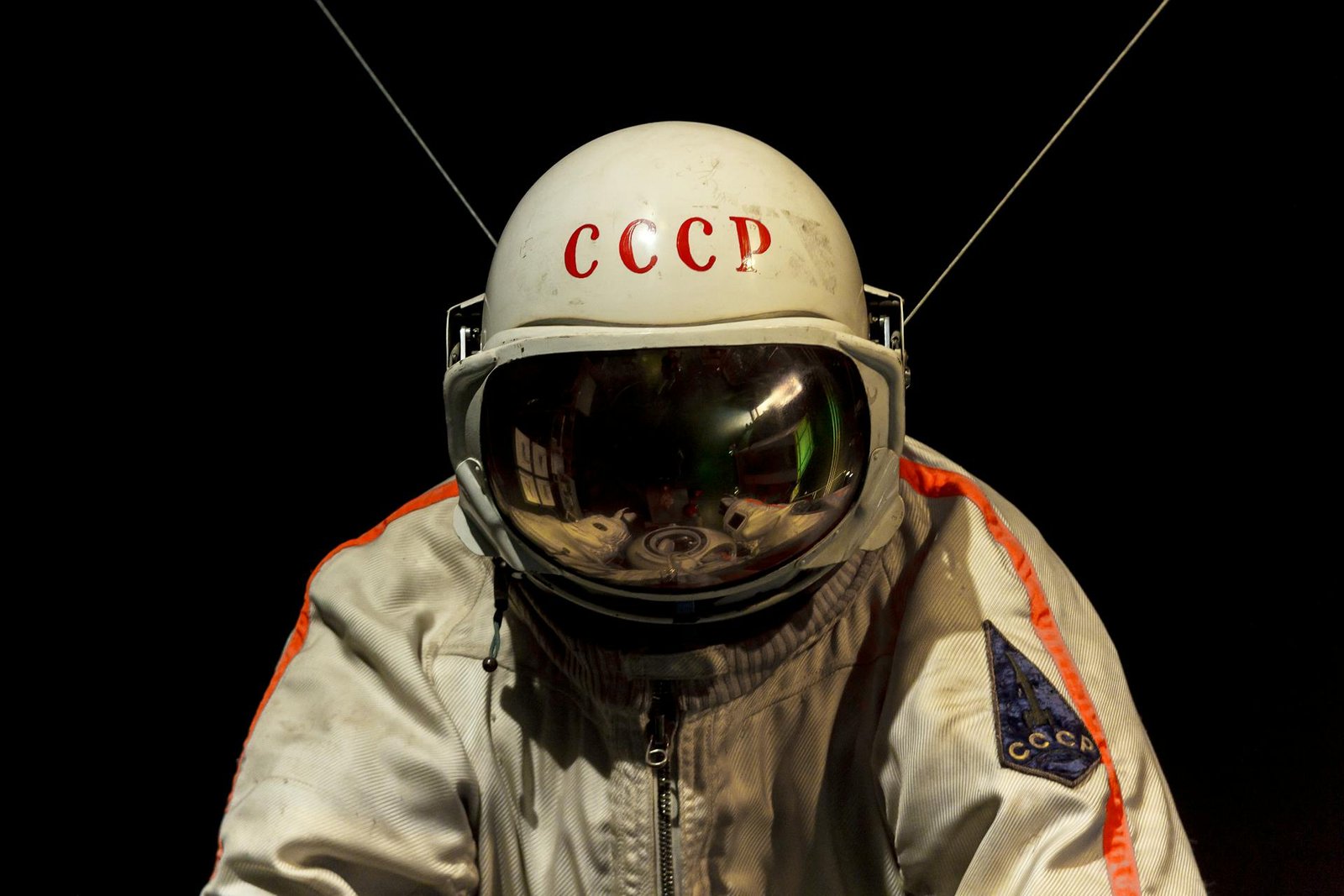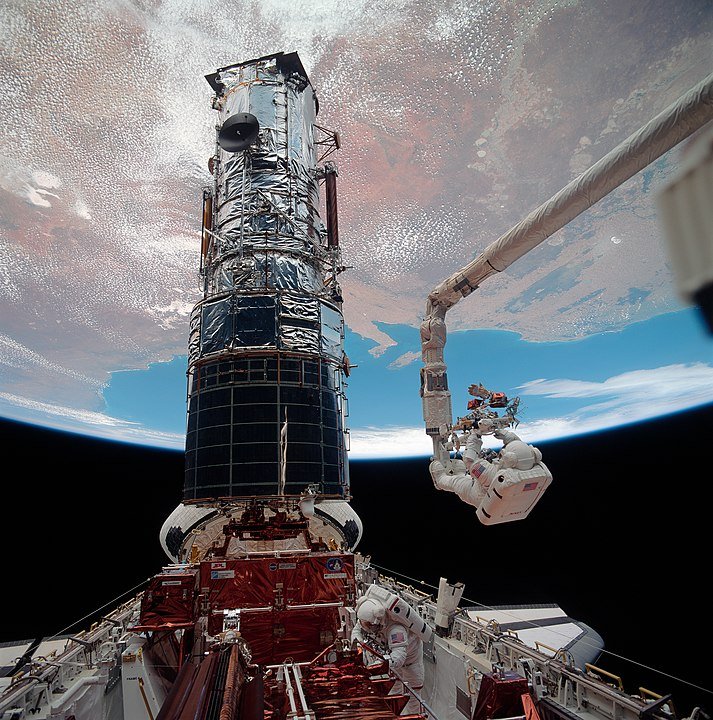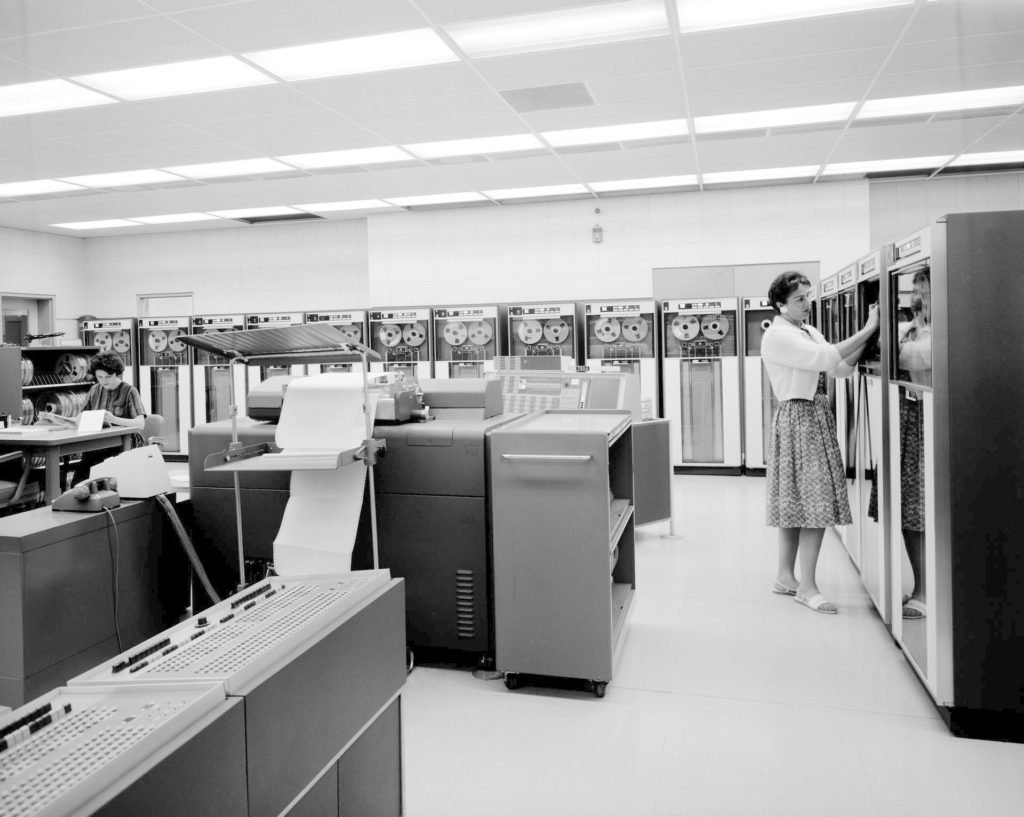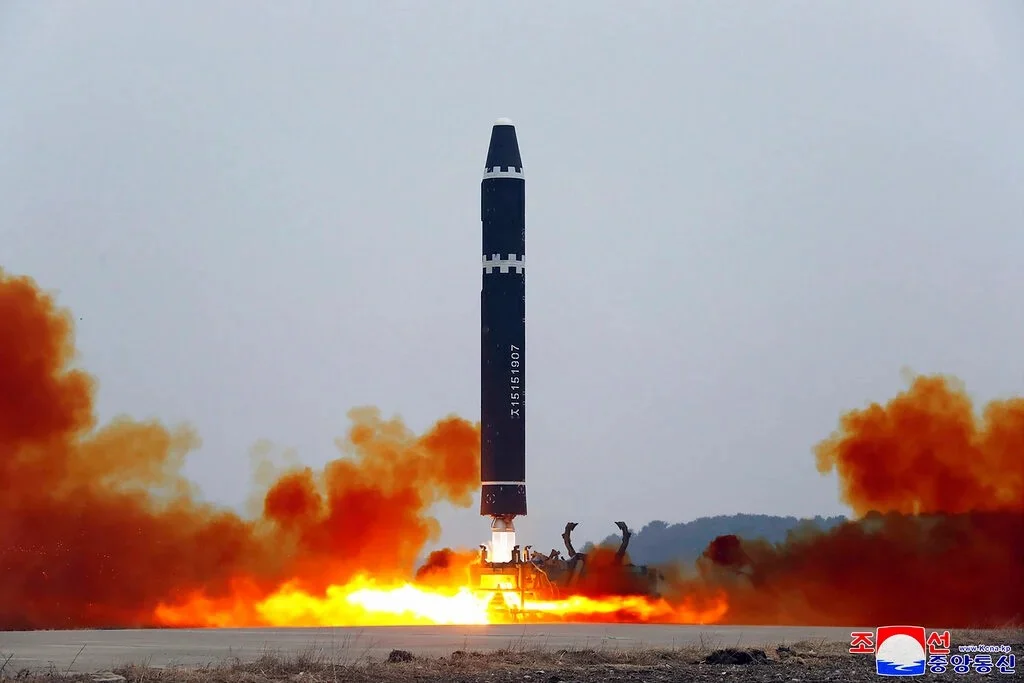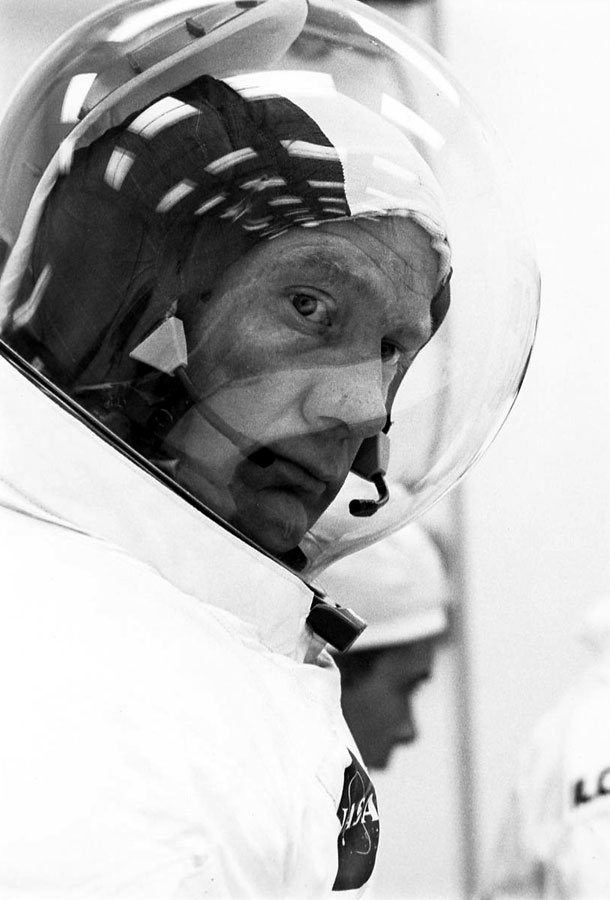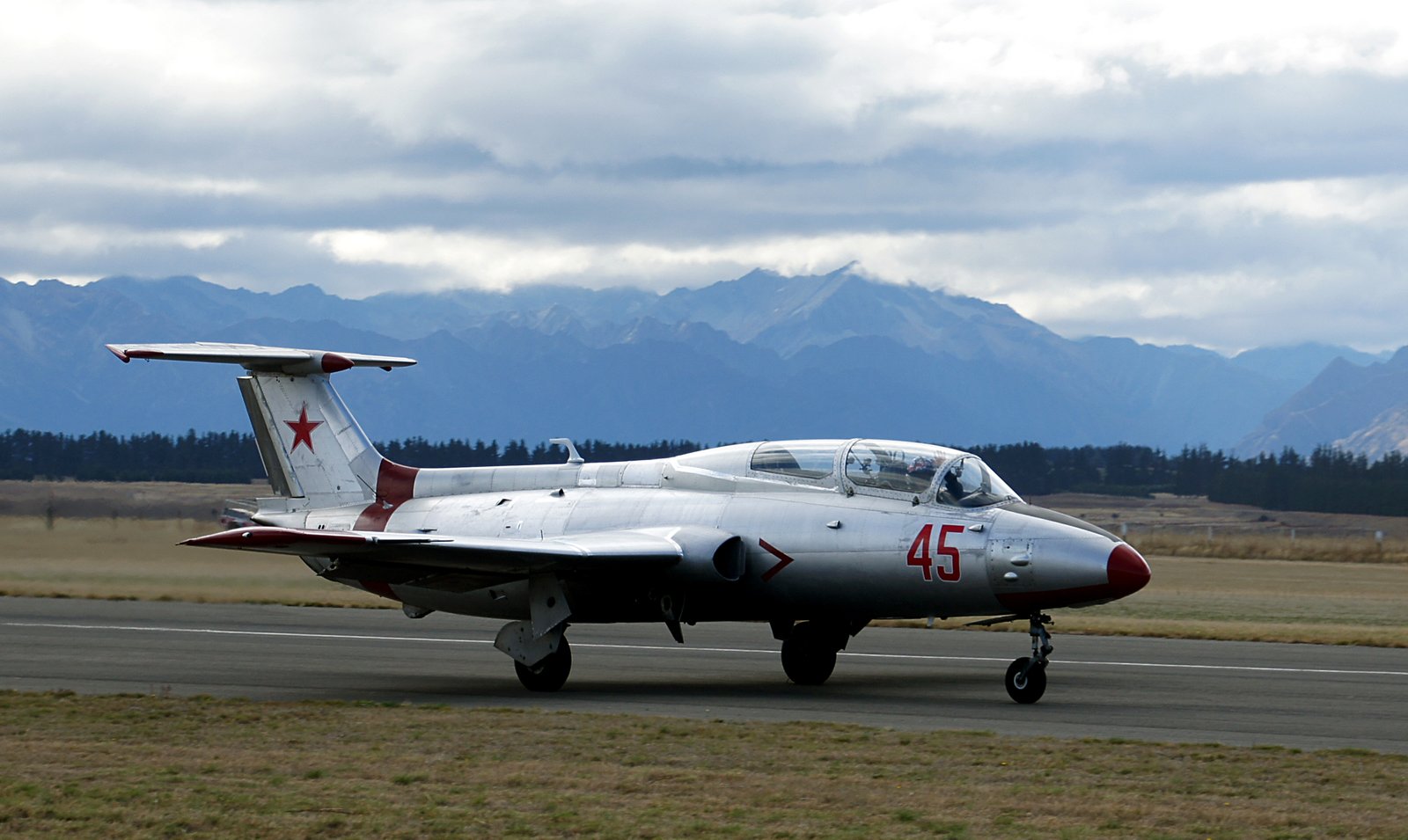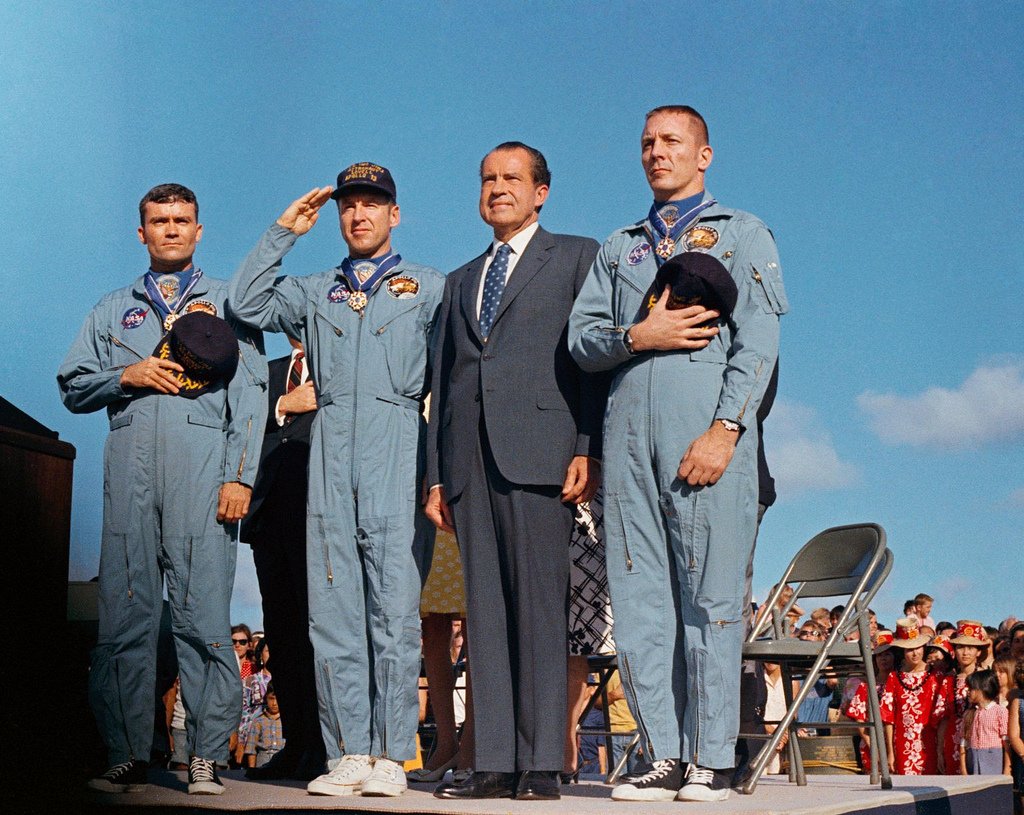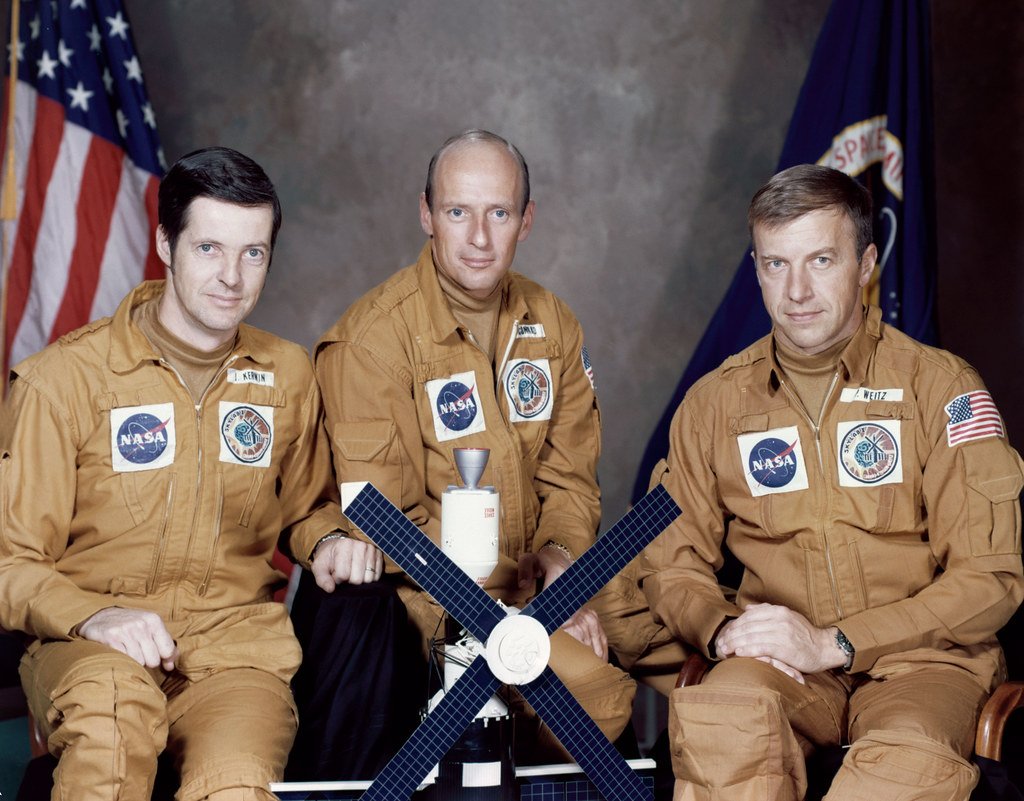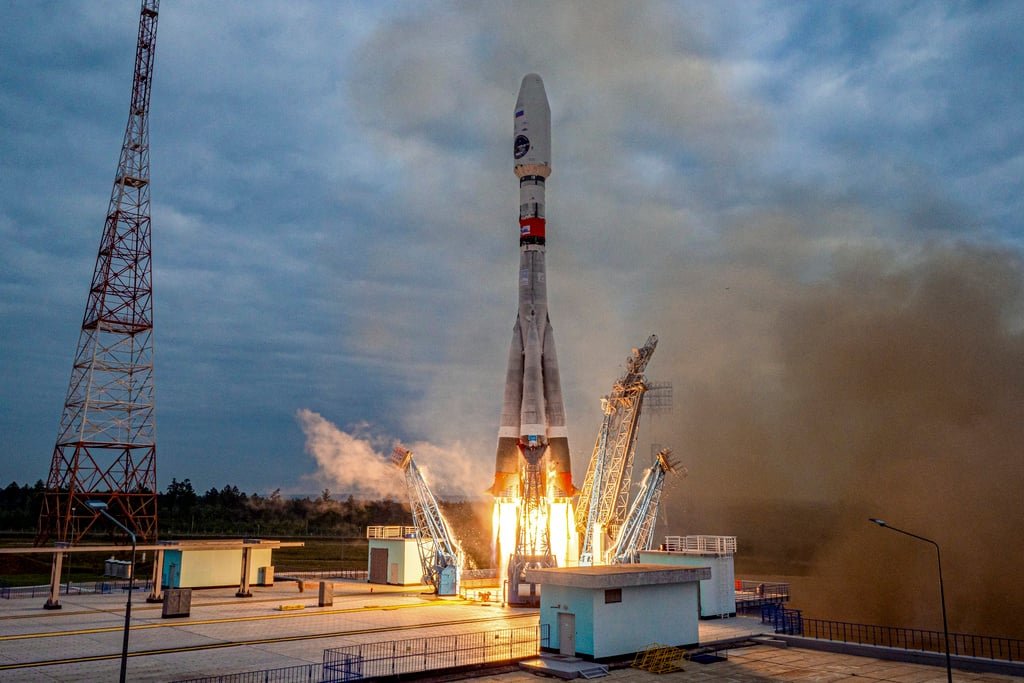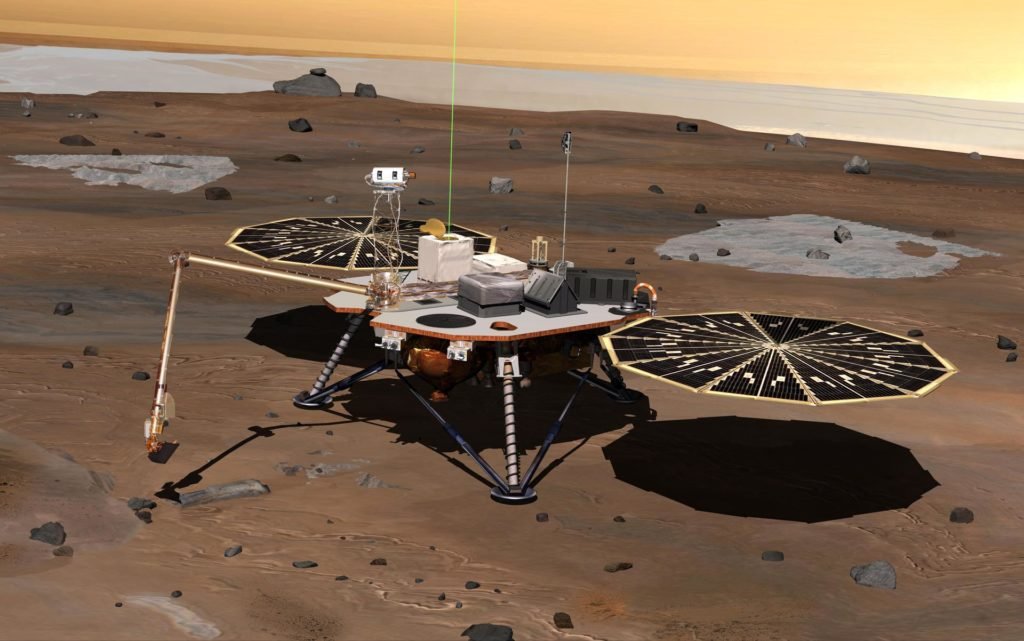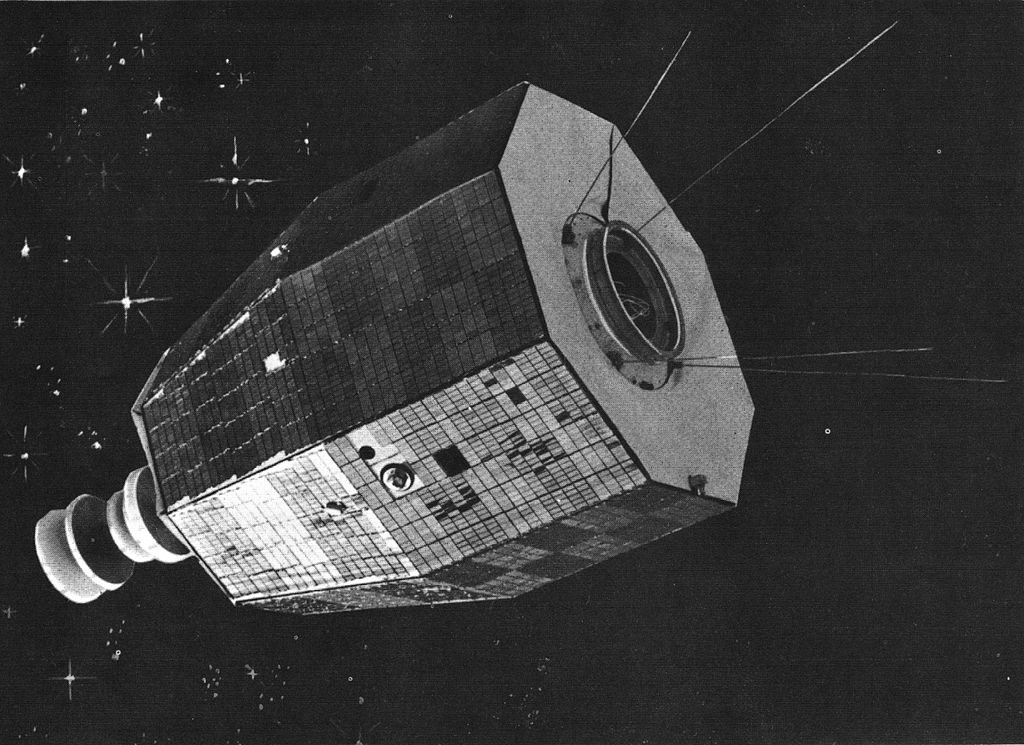The Apollo 13 mission, conducted by NASA as part of the Apollo Program, is a testament to human resilience, ingenuity, and the indomitable spirit of space exploration. While initially intended to be the third lunar landing mission, Apollo 13 became a defining moment in space history, marked by both failure and triumph. This mission, launched in April 1970, was poised to further humanity’s reach into the cosmos and contribute to our understanding of the moon. However, it encountered a catastrophic setback that would forever be etched in the annals of space exploration.
Apollo 13’s journey to the moon took a fateful turn when an oxygen tank in the service module exploded approximately 56 hours into the mission. This unexpected disaster resulted in the loss of critical systems. It jeopardized the lives of the three astronauts aboard: Commander James A. Lovell Jr., Command Module Pilot John L. Swigert Jr., and Lunar Module Pilot Fred W. Haise Jr. The explosion was a stark reminder of the formidable challenges and risks inherent in venturing beyond. Earth’s atmosphere.
The Apollo Program, spearheaded by NASA, was a monumental effort to land humans on the moon and advance our understanding of space. It represented the pinnacle of space exploration during the late 1960s and early 1970s, with Apollo 11’s successful lunar landing being its crowning achievement.
This article delves into the Apollo 13 mission, examining the events leading up to the explosion, the heroic efforts of the crew, and the invaluable teamwork between astronauts and ground control that ultimately brought them back to Earth safely. It also underscores the lasting impact of Apollo 13 on space exploration, serving as a poignant reminder of the indomitable human spirit’s ability to overcome adversity in pursuing knowledge beyond our planet.
Table of Contents
Who saved Apollo 13?
The heroic rescue of Apollo 13 can be attributed to the combined efforts of the crew onboard the spacecraft, the talented engineers and scientists at NASA’s Mission Control Center, and the remarkable teamwork and problem-solving skills displayed by everyone involved.
Apollo 13’s astronauts, Commander James A. Lovell Jr., Command Module Pilot John L. Swigert Jr., and Lunar Module Pilot Fred W. Haise Jr., remained calm under extreme pressure. They followed procedures, conserved resources, and adapted to rapidly changing circumstances, all while dealing with limited power, water, and the challenging conditions of space.
NASA’s Mission Control Center in Houston played a pivotal role on the ground. Flight Director Gene Kranz and his team worked tirelessly, devising ingenious solutions to the crew’s problems and guiding them through critical maneuvers. Their expertise, dedication, and round-the-clock support were instrumental in bringing the astronauts back to Earth safely.
Ultimately, it was a collaborative effort that saved Apollo 13. The crew’s determination, NASA’s ground control expertise, and the support of countless individuals behind the scenes ensured that what began as a potential disaster became a shining example of human resilience and problem-solving in space exploration.
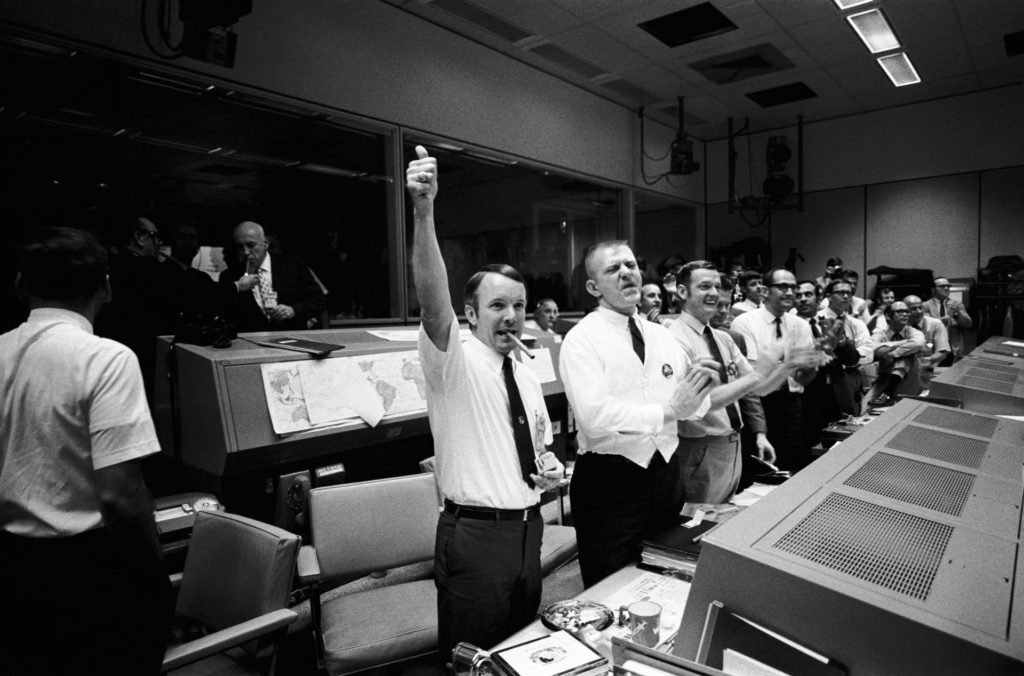
What is Apollo 13 famous for?
Apollo 13 is renowned as a NASA space mission symbolizing human ingenuity, teamwork, and resilience in adversity. Launched in April 1970 as the third planned lunar landing mission within the Apollo Program, it is primarily renowned for its dramatic mid-flight crisis.
Approximately 56 hours into the mission, an oxygen tank in the service module exploded, crippling the spacecraft and jeopardizing the lives of the three astronauts aboard: Commander James A. Lovell Jr., Command Module Pilot John L. Swigert Jr., and Lunar Module Pilot Fred W. Haise Jr. The mission had to be aborted, and the lunar landing was canceled.
Despite the life-threatening challenges, the crew and the dedicated team at NASA’s mission control worked tirelessly to navigate the spacecraft safely back to Earth, using the lunar module as a lifeboat. The successful reentry and recovery of Apollo 13’s crew turned what could have been a tragedy into a triumph of human resourcefulness, problem-solving, and cooperation, making it one of the most iconic moments in the history of space exploration.
A Triumph Amidst Disaster
Apollo 13 is famous for its “successful failure.” While the mission did not achieve its intended lunar landing due to an oxygen tank explosion, it was a triumph of teamwork, ingenuity, and problem-solving that brought the crew safely back to Earth. The failure of Apollo 13 can be attributed to several factors:
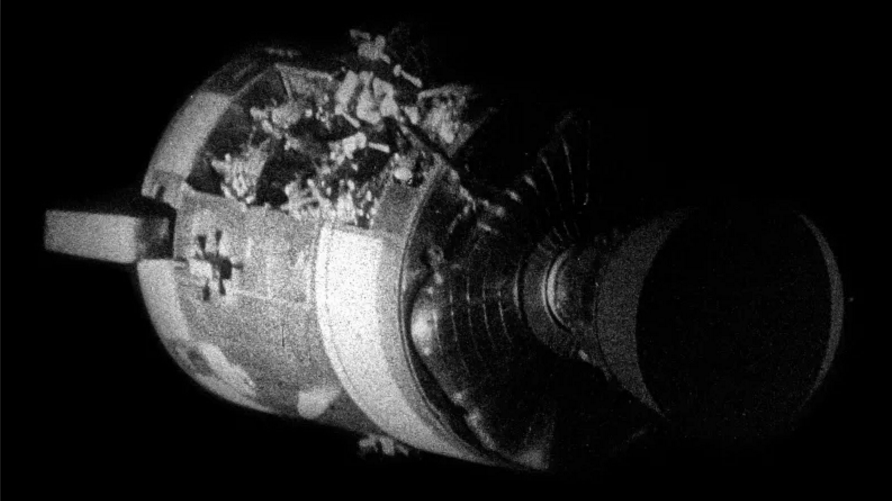
Oxygen Tank Explosion
The primary cause of Apollo 13’s mission failure was the catastrophic explosion of an oxygen tank in the service module. This event transpired approximately 56 hours into the mission. This explosion was the culmination of a complex chain of events and a combination of factors that converged to create a life-threatening crisis in the harsh environment of space.
The critical trigger for this explosion was a damaged wire within the oxygen tank’s heater. This damaged wire inadvertently exposed the Teflon insulation to a high-voltage electrical current, setting the stage for disaster. Consequently, a fire ignited within the oxygen tank, leading to an explosion. This explosion had severe repercussions, causing the spacecraft to lose electrical power, essential life-sustaining supplies, and the capability to use the service module for propulsion.
The loss of power and resources left the crew in an extremely perilous situation, with limited options for survival. Despite these daunting circumstances, the astronauts and the dedicated team at mission control demonstrated extraordinary problem-solving skills and resilience, ultimately navigating their spacecraft safely back to Earth. The Apollo 13 mission, with its near-catastrophic failure and successful return, remains a remarkable testament to human adaptability and determination in the unforgiving realm of space exploration.
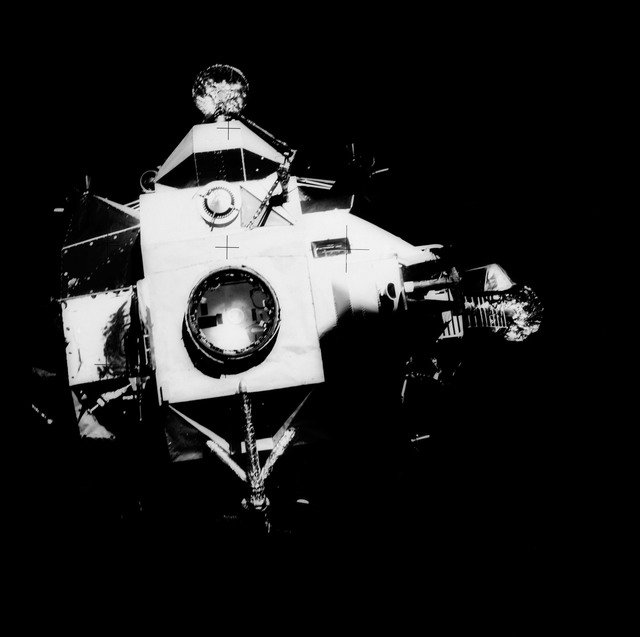
Inadequate Testing
One of the key contributing factors to the oxygen tank explosion on Apollo 13 was the inadequacy of the testing procedures for the oxygen tank’s components. The testing process for the oxygen tanks had several shortcomings that ultimately played a crucial role in the catastrophic failure.
Firstly, the testing did not sufficiently account for the possibility of Teflon insulation being damaged during installation. The Teflon insulation, which lined the inside of the oxygen tank, played a critical role in preventing the tank’s contents from overheating. However, during the tank’s construction and assembly, some of this insulation was inadvertently damaged. The testing procedures did not rigorously examine or replicate this specific vulnerability, allowing the issue to remain undetected.
Moreover, the testing failed to accurately simulate the conditions of a deep-space mission. The oxygen tank was subjected to testing conditions that did not fully replicate the extreme temperatures, pressures, and vacuum of outer space. This oversight meant that potential weaknesses in the tank’s design and insulation were not adequately exposed during pre-flight testing.
These shortcomings in testing procedures underscored the importance of rigorous and comprehensive testing in the development of spacecraft components. The lessons learned from Apollo 13’s oxygen tank explosion prompted NASA to enhance its testing protocols and quality control measures to prevent similar failures in future missions.
Lack of Redundancy
The Apollo spacecraft was meticulously designed with redundancy as a core principle to safeguard against system failures in the hostile space environment. Multiple critical Systems were duplicated or even triplicated to provide backup options in case of malfunctions. However, the oxygen tank explosion on Apollo 13 was an exceptional and unfortunate event that exposed redundancy limitations.
The explosion occurred in a way that turned off several vital systems simultaneously. First, it caused the loss of electrical power, rendering crucial instruments and navigation systems inoperable. Second, it led to a severe depletion of the spacecraft’s water supply, posing a significant threat to the crew’s survival as water was needed for drinking and cooling, and maintaining proper environmental conditions within the spacecraft.
This combination of failures made the crew difficult, forcing them to rely on their training, adaptability, and expertise in mission control to improvise solutions. The incident highlighted the unpredictability of space exploration. It emphasized the critical role of human knowledge and problem-solving skills in overcoming challenges when redundant systems alone could not mitigate the impact of a catastrophic failure.
Human Error

One of the critical instances of human error that played a pivotal role in the failure of Apollo 13 was the seemingly routine procedure involving the stirring of the spacecraft’s oxygen tanks. This procedure, intended to evenly distribute the liquid oxygen within the tanks, inadvertently set in motion a chain of events that would culminate in the catastrophic explosion.
During this procedure, a technician stirred the oxygen tanks using a stirring fan, a common practice. However, what was not anticipated was the vulnerability of the Teflon insulation lining the oxygen tanks. The technician’s actions caused the damaged Teflon insulation, likely already compromised during the tank’s manufacturing and installation processes, to break off and accumulate near the tank’s heater. This insulation debris eventually created a volatile environment, as the electrical current passing through the heater ignited the highly flammable Teflon.
The ignition of the Teflon insulation led to a fire and explosion within the oxygen tank, resulting in the loss of the tank’s contents, electrical power, and the capability to use the service module for propulsion. This human error, though unintentional, was a critical factor in the mission’s failure, highlighting the complex and intricate nature of space missions and the importance of meticulous procedures and precautions in space exploration.

Communication Challenges
The explosion that occurred on Apollo 13 caused the immediate loss of the spacecraft’s primary source of power and life support and had profound implications for communication between the astronauts and mission control. The disruption in communication amplified the complexity of an already dire situation.
First and foremost, the explosion damaged the spacecraft’s primary radio antenna, essential for transmitting and receiving signals between the spacecraft and mission control. This led to a significant reduction in the clarity and strength of the communication link. The astronauts’ voices became faint and garbled, making it challenging for mission control to understand their reports and for the crew to receive critical guidance.
The limited power remaining had to be conserved for life support systems, leaving minimal energy for communication equipment. This meant that communication windows had to be carefully scheduled, and the exchanges had to be concise and to the point.
Despite these challenges, the astronauts and the ground control team exhibited remarkable adaptability and resourcefulness. They developed and executed ingenious solutions to maintain some level of communication, including using the Lunar Module’s descent engine to adjust their trajectory and align the spacecraft’s antenna with Earth, effectively increasing the signal strength during critical phases of the mission.
The disruption in communication was just one of the many obstacles the Apollo 13 mission faced, underscoring the extraordinary determination, collaboration, and problem-solving abilities of the team on Earth and in space that ultimately led to the crew’s safe return.
Despite these challenges and failures, the Apollo 13 mission is often considered a success because of the incredible teamwork and problem-solving that allowed the crew and support from mission control to safely return to Earth using the lunar module as a lifeboat. The mission demonstrated the resilience and resourcefulness of astronauts and ground control personnel in extreme adversity.
